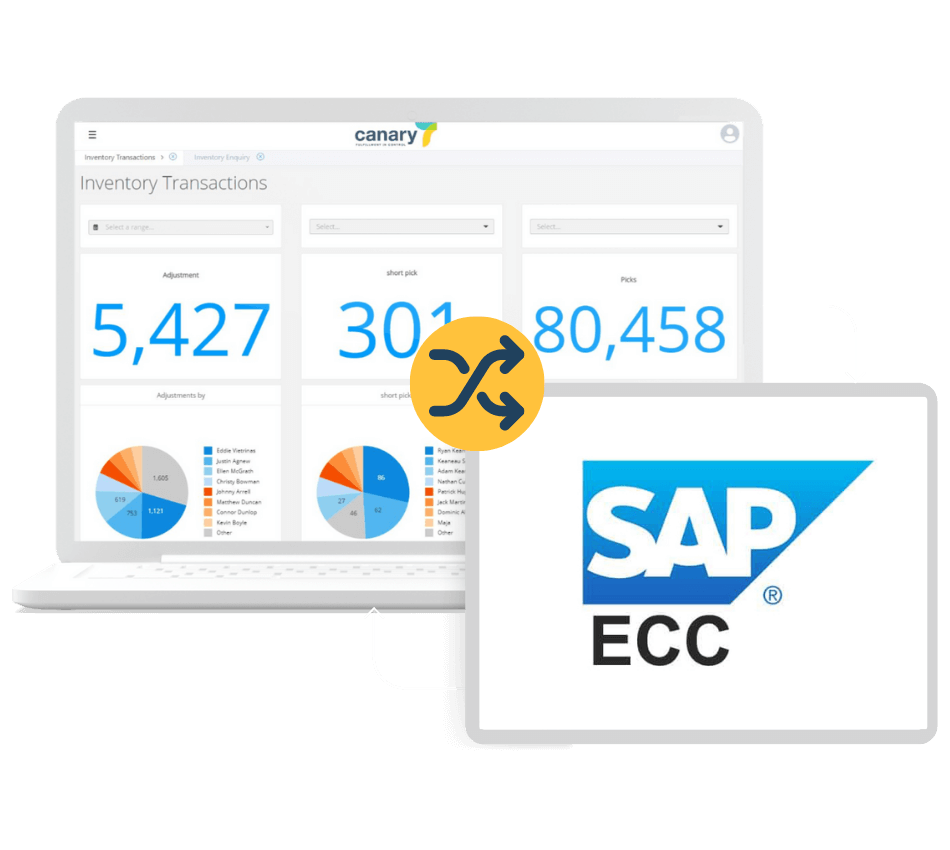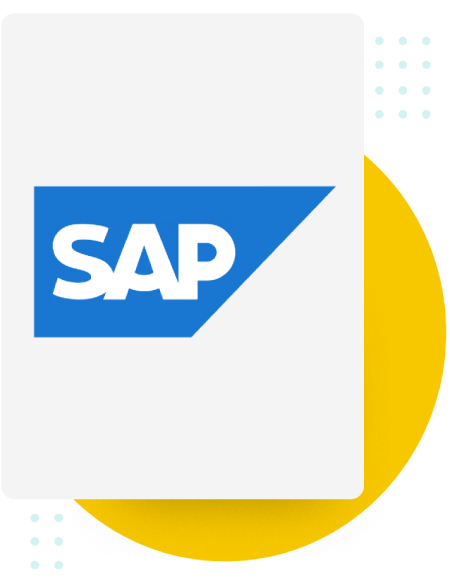Why Do You Need a SAP ECC WMS Integration?
There is no denying that SAP ECC is an ERP system. The majority of the options you require to manage your organisation are included in this ERP package. None of them, however, are really concerned with warehouse management.
You must link your SAP ECC components to a suitable warehouse management system, such as Canary7, if you want to get the most out of this experience and ensure that your ERP processes are well-aligned with everything that goes on in your warehouse.
Believe it or not: you can really grow your organisation by utilising a SAP ECC interface that links ERP solutions to the warehouse. Every element of warehousing and fulfilment can be streamlined when your warehouse management system is integrated with SAP ECC, and you can do this in a way that truly yields success.
The value of investing in a SAP ECC WMS integration for your business is highlighted by the fact that you will be able to manage things much better if you retain a lot more accurate record that can be reviewed later – which is exactly what you are able to do with the help of a SAP ECC WMS integration.
With only one SAP ECC WMS integration, you may execute several tasks, making your investment wholly valuable. The warehouse management side of the integration can ensure that the fulfilment processes that take place within your warehouse complex are properly carried out and that there are no errors or delays that you have to deal with while the ERP side will help you with finances, marketing, and customer relationship management (for example).
A SAP ECC WMS integration will significantly simplify your operations and prove to be a useful addition to your company, particularly the one provided by Canary7. You may finally give your company the level of automation it requires with the aid of this integration!
How Does a SAP ECC Integration Help?
Wondering exactly how does a SAP ECC integration help?
In general, SAP ECC WMS integration will aid in the management of your finances and inventory. Following the integration of your accounts and warehouse, the process will proceed as follows. Ideally Canary7 will be utilised as the warehouse management system (WMS) to handle the warehouse portion of the system. Canary7 should be used for all integrations, including the SAP ECC WMS integration. SAP ECC will be there for you when it comes to financial assistance for your business.
Additionally, you may use SAP ECC to import and export business data, publish invoices and credits, and carry out a wide range of other accounting-related tasks, all of which will ultimately enhance your company’s accounting. But this is not where the list ends. The presence of other modules within the SAP ECC package means that there is a lot more that you can do as well.
Order management and stock control are just two examples of the warehouse activities that Canary7 will make sure are carefully watched and run without a hitch. Additionally, it will link each of these minor activities to SAP ECC, creating a SAP ECC WMS integration that will enable you to provide your warehouse the maximum level of effectiveness.
It’s key to remember that you will eventually acquire a degree of professionalism as a result of the integration between your ERP and WMS technology, which you can then simply showoff in the customer experience you create for your clients and customers, as well as in interactions with other businesses that look up to you as competition. They will be able to see that you are truly trustworthy because you operate a real firm with excellent organisation.
As a result, you’ll keep more clients and establish a greater reputation for your business. Want to increase sales? Need to make sure that your efforts towards cultivating success are not going to waste? This is the choice you need to make!


